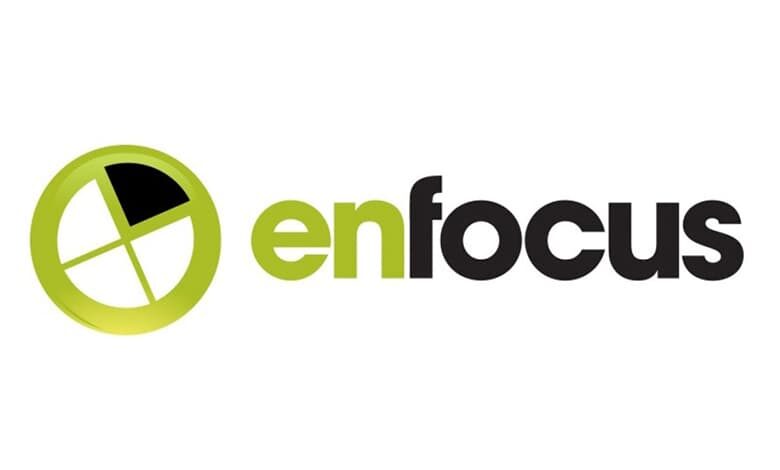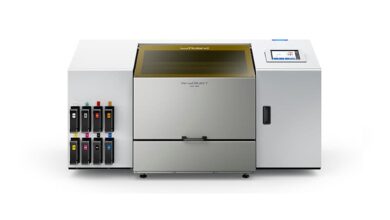Enfocus Announces Release of Switch Spring 2022 Update

Enfocus, the leader in PDF quality control and automated workflows for the graphic design industry, has launched a huge Spring 2022 update for Switch, its market-leading automation software.
The update, free for all maintenance customers, contains a host of new features, UX improvements, and bug fixes, solidifying the platform’s status as the gold standard for workflow automation. Switch now allows Node.js script expression (with version 16 support) as well as native JSON support, ensuring simple integration with modern RESTful APIs. Many other new features have been added to the Refresh job info element, enabling users to define the flow stage and up to five custom fields.
Davy Verstaen, Switch Product Manager, welcomed the update, saying, “Switch has become the cornerstone of our product portfolio, and we’re thrilled to announce this latest update. It means our industry-leading automation software is now even better, exceeding the needs of our customers – old and new.
“Now, even if you use a very modern API, Switch can integrate seamlessly, so you spend less time setting up and more time adding value elsewhere in the design process. In an ever-changing landscape, Switch is still the only true workflow automation platform that connects every system into a single, manageable workflow.”
The Switch 2022 Spring update features several tweaks that streamline the existing Switch experience, such as single line text with variables, optional larger thumbnails and customizable fields, and an overhauled UX in the client module. In addition, its scripting tools have been further enhanced.
Switch 2022 Spring offers universal connectivity with any business system such as MIS, web-to-print, imposition, and more. New customers joining to take advantage of the update can choose to integrate the system themselves or work with an Enfocus expert who will build the workflow for them.

.gif)



